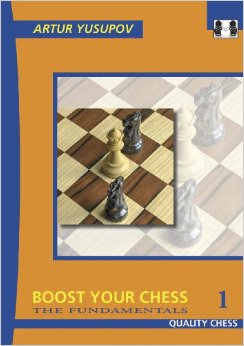
I was reminded of this when listening to GM Ramesh RB talk about his life and career on the Perpetual Chess Podcast. All of this is precisely what an engine or tactics trainer cannot teach you. When someone works through well-annotated games as found in Chess Life, she learns how openings evolved, how initiative moves into attack and how mini-plans are woven into long-term advantages.

More: besides being a pleasant diversion, serious study of chess history and analysis is essential to ongoing improvement. They distill and memorialize the ephemeral, standing as a publication of record for future generations. That’s where publications like Chess Life are so valuable. While the chess media landscape has changed in the Internet age, with constant livestreams of big events, and websites like Chess Life Online providing quick, solid reporting, perspective and context can be hard to pin down in real-time. Why am I taking so much time to talk about magazines? Aren’t they obsolete in the perpetual now of YouTube and Stockfish? Absolutely not.

Couple this with Mednis’ excellent work on the endgame and “Benko’s Bafflers,” and you begin to see what a massive resource US Chess has given the world. Bent Larsen writes about Las Palmas 1974, Reshevsky discusses two of his games, and Laszlo Szabo turns his eye to three games from recent competitions. Paul Keres annotates games from the Karpov-Spassky match. Svetovar Gligoric analyzes the famous Karpov-Uhlmann “a-file game” (Nice, 1974) over three pages, including a massive opening theoretical.

Take, for instance, the May 1974 issue of Chess Life.
QUALITY CHESS BOOKS FREE
And the annotations… one finds a treasure trove of analysis from some of the world’s leading players, now free for anyone to download. Endgame columns by Edmar Mednis and Pal Benko are still vital sources of knowledge, even if some of the particulars are wrong. The contemporaneous reporting of big events have not lost their vitality. While the analysis itself cannot be expected to stand the test of time, there is much in these issues that retains value. And I am struck by the tremendous variety of materials found there, and how they differ from what we find in today’s chess magazines. I have spent more than a few hours perusing this archive, which should soon be available to US Chess members (if it is not already).

Chess Life, along with its predecessor Chess Review, stands as a chronicle of American chess in those eighty years, and the digitization project announced at the 2019 Delegates Meeting is the best anniversary present that US Chess could possibly have given its members. So it is with the 80th Anniversary of the US Chess Federation, an organization that has grown from a membership base of 533 in the middle of World War II (1943) to the nearly 100,000 members we boast today. It’s not even past.” - William FaulknerĪnniversaries are a time for celebration, for looking at the great accomplishments of the past, and for understanding how they might weave their way into the My thanks to the good folks at Chess Life for allowing me to do so. Minor differences exist between this and the printed version. A penultimate (and unedited) version of the review is reproduced here. This review has been printed in the December 2019 issue of Chess Life.


 0 kommentar(er)
0 kommentar(er)
